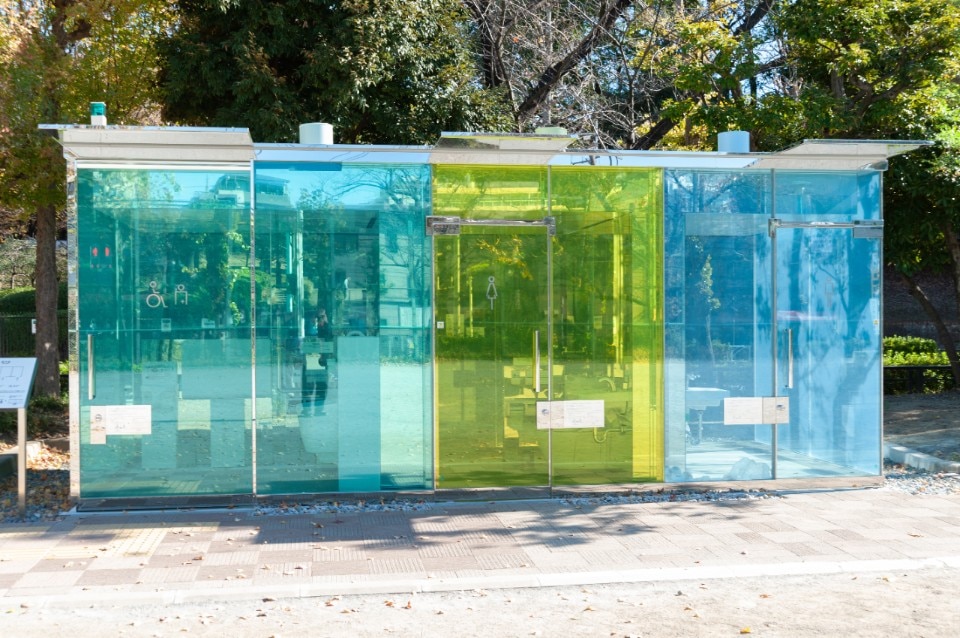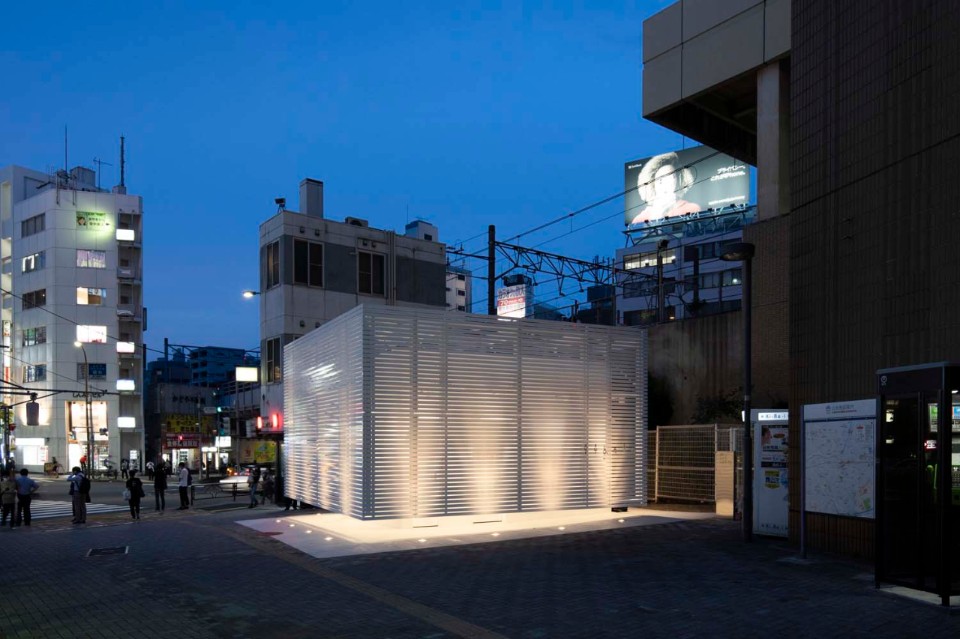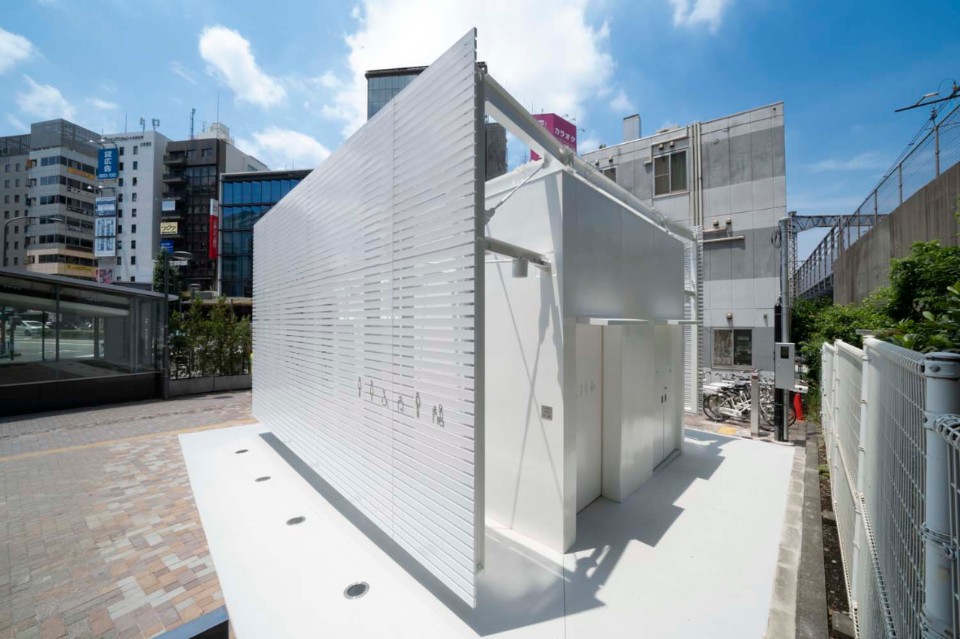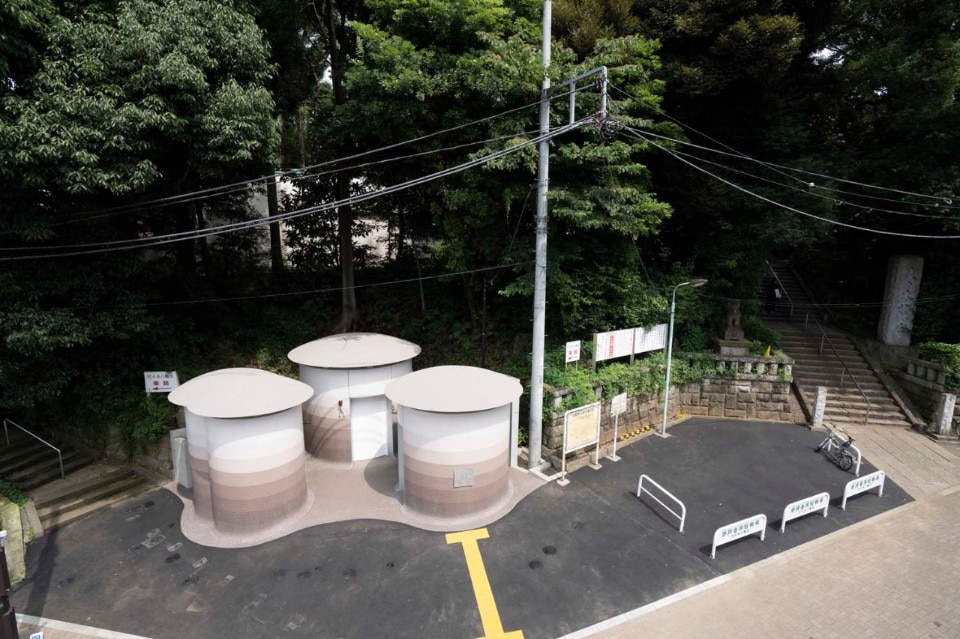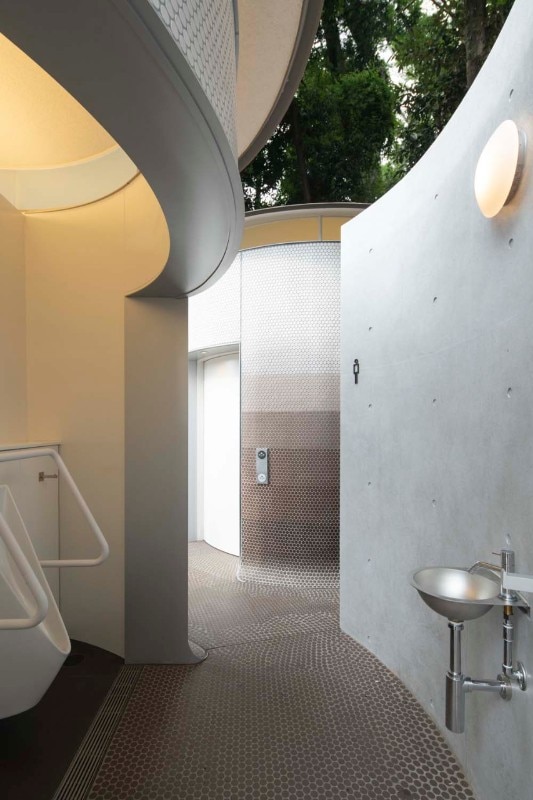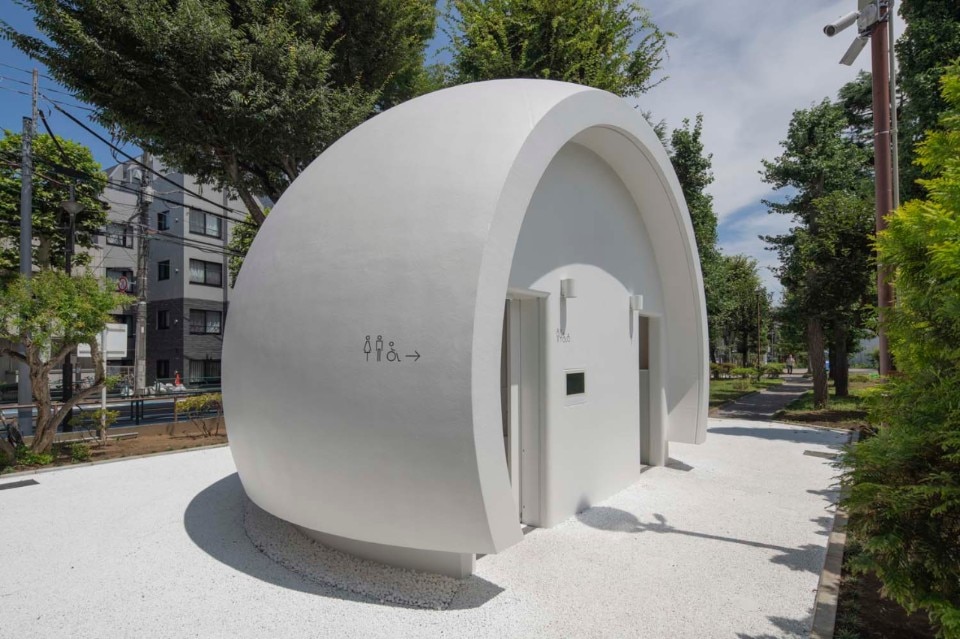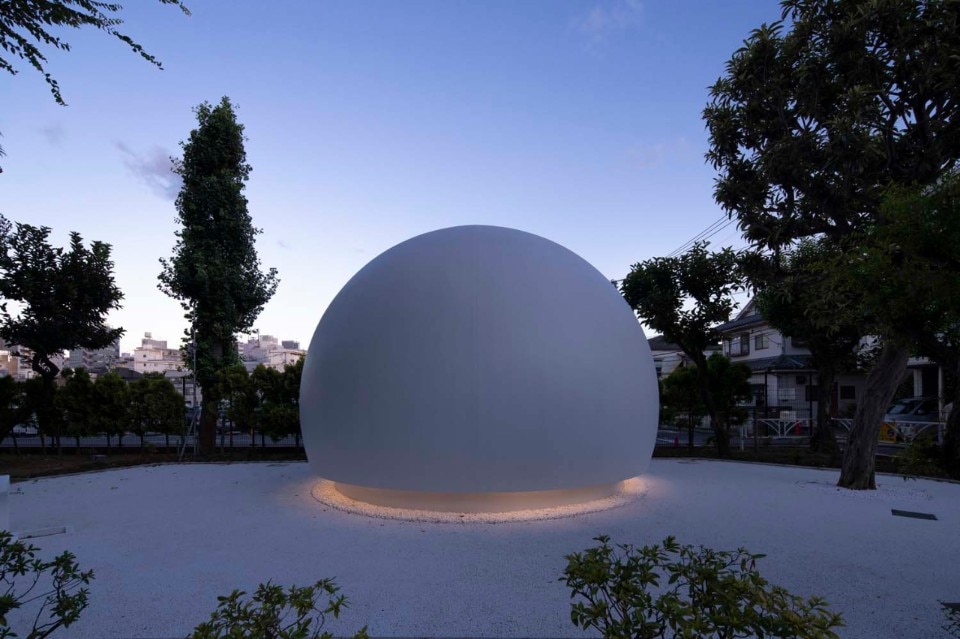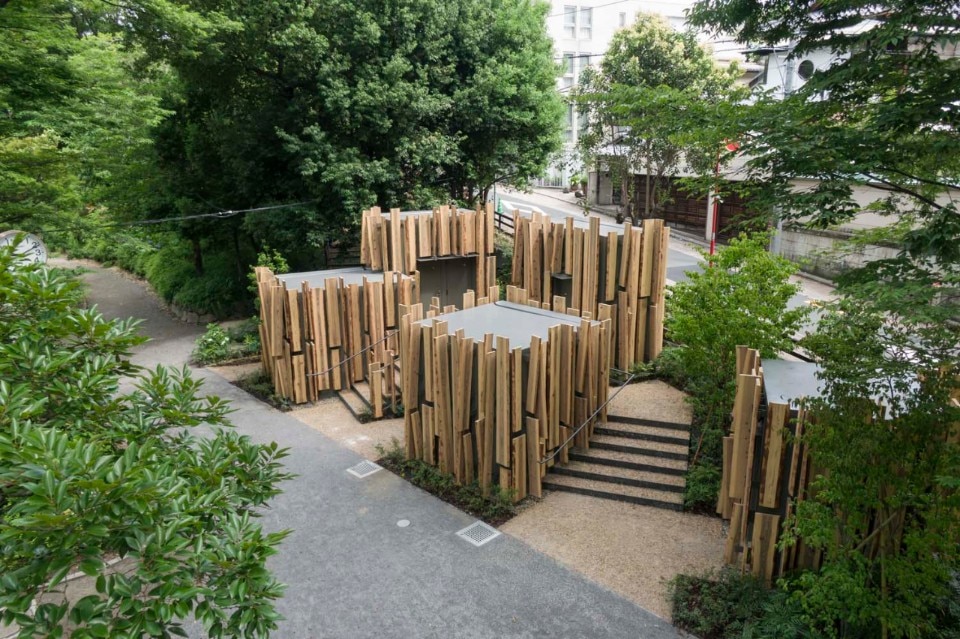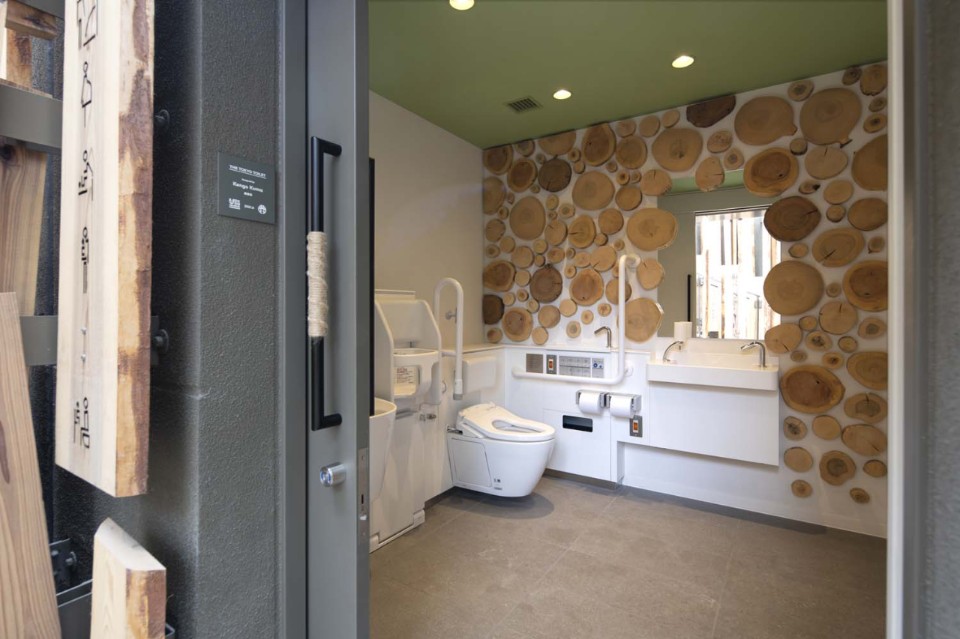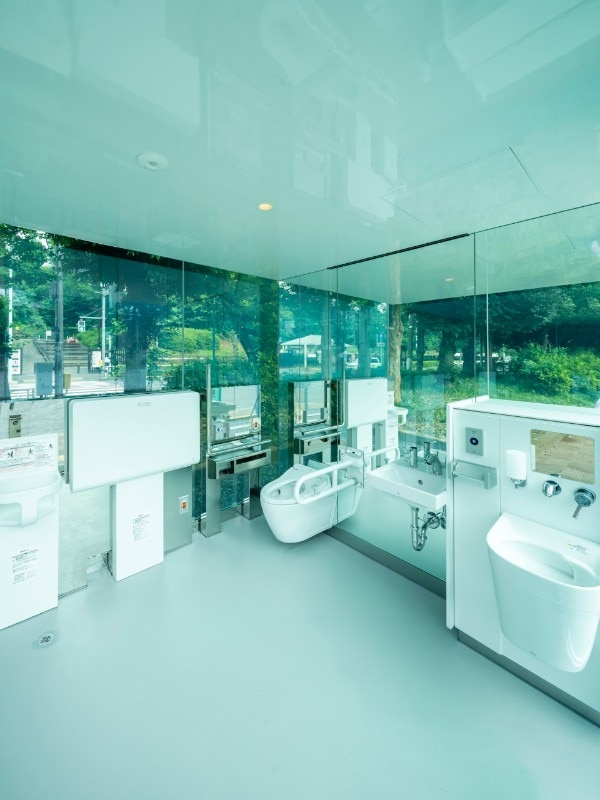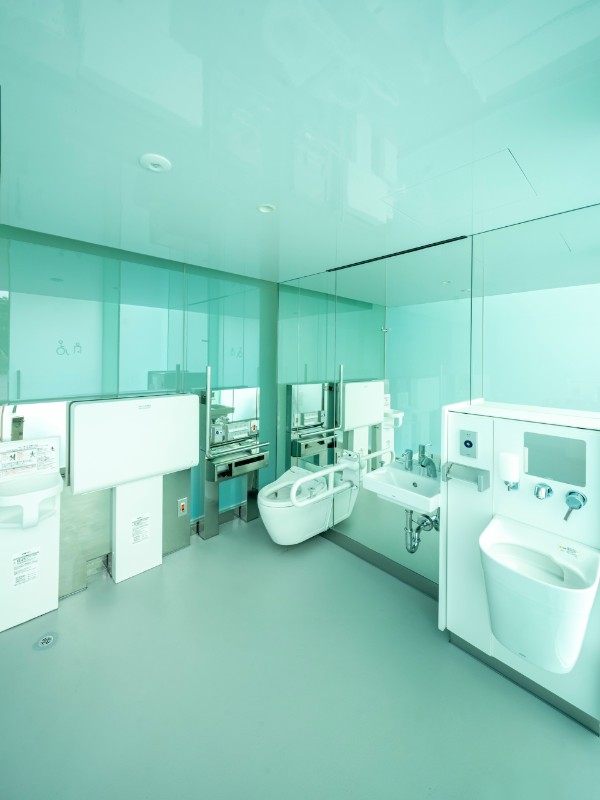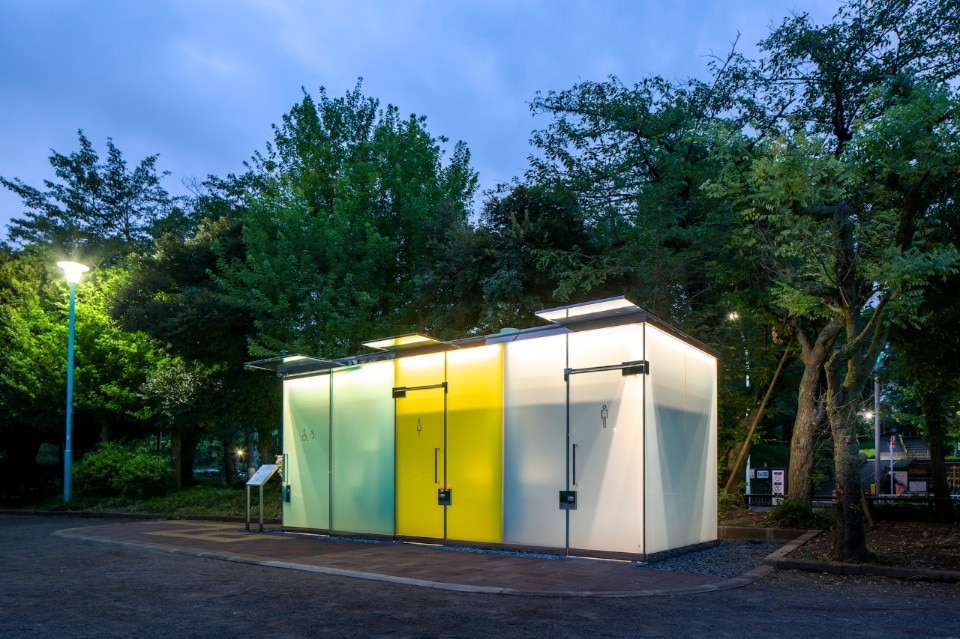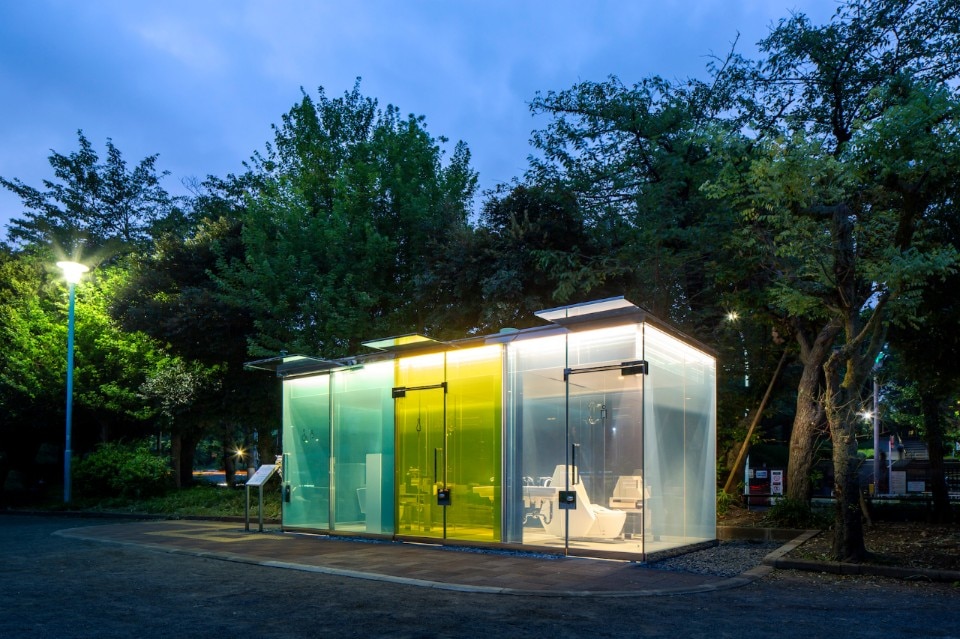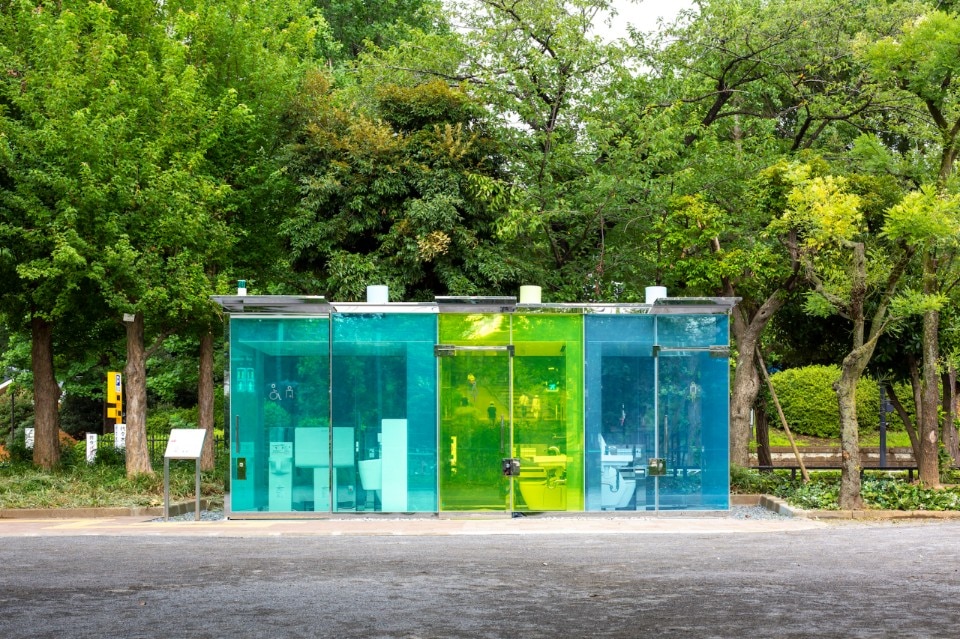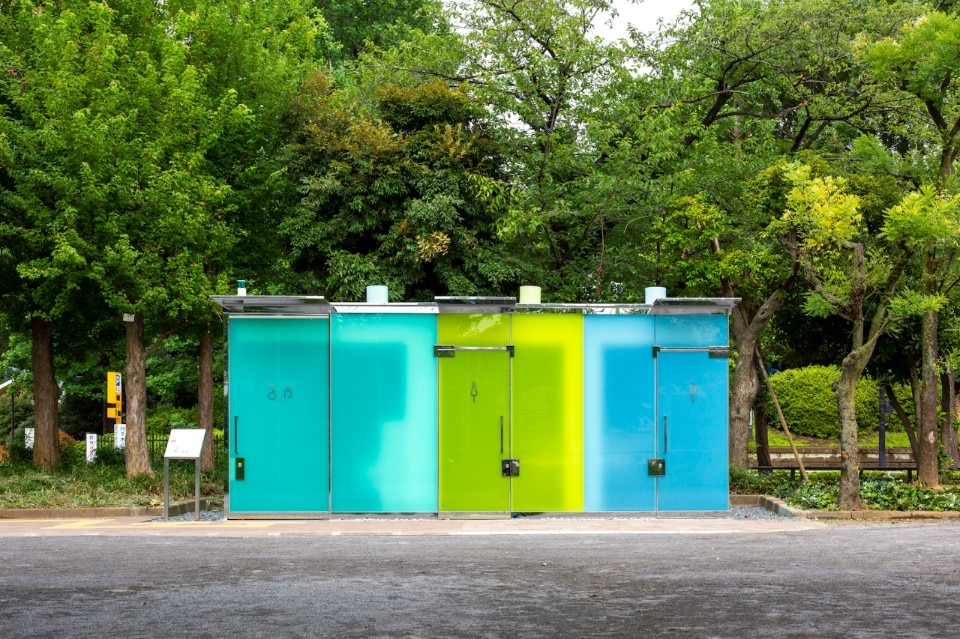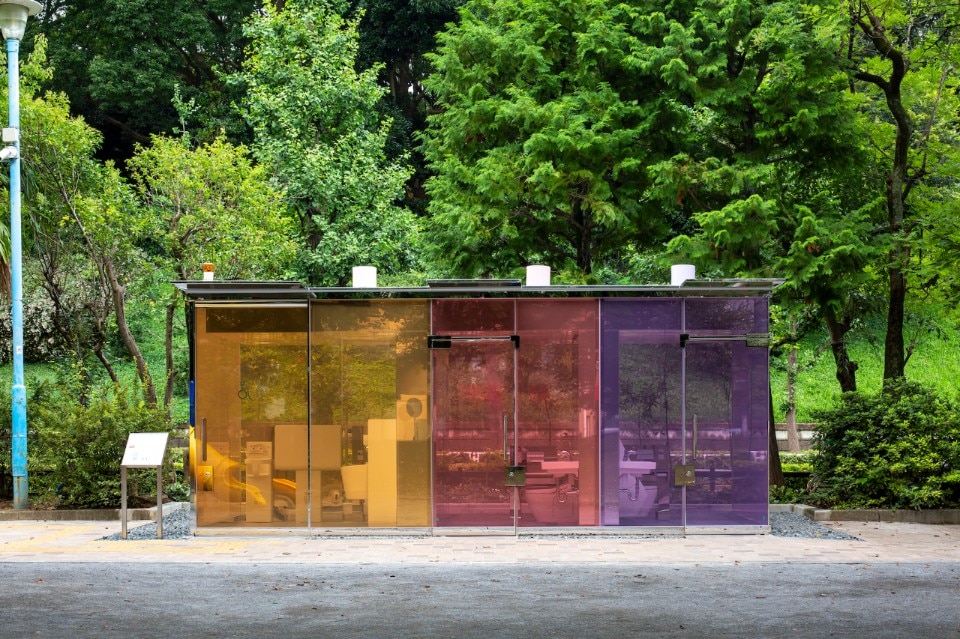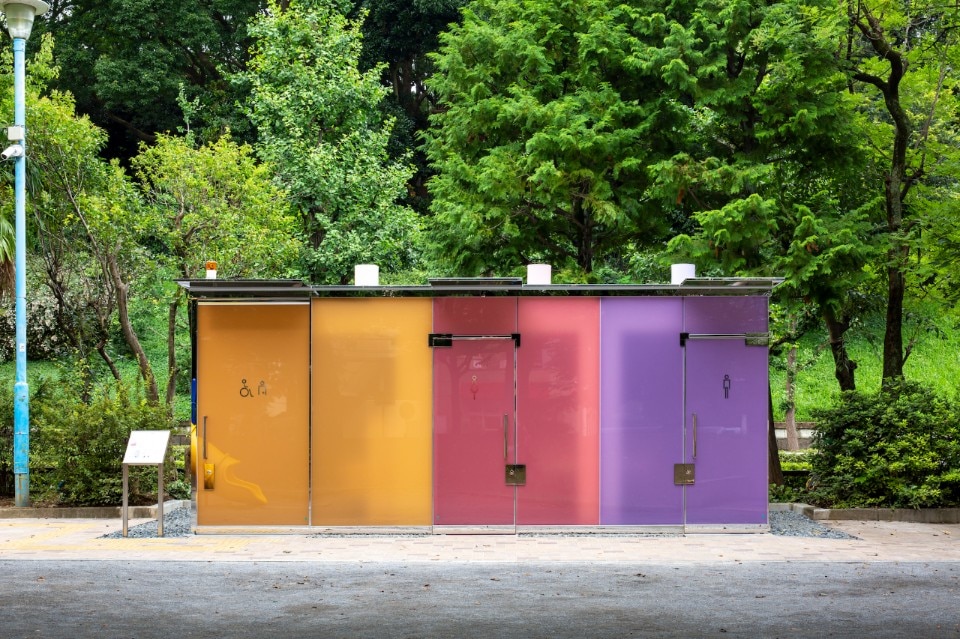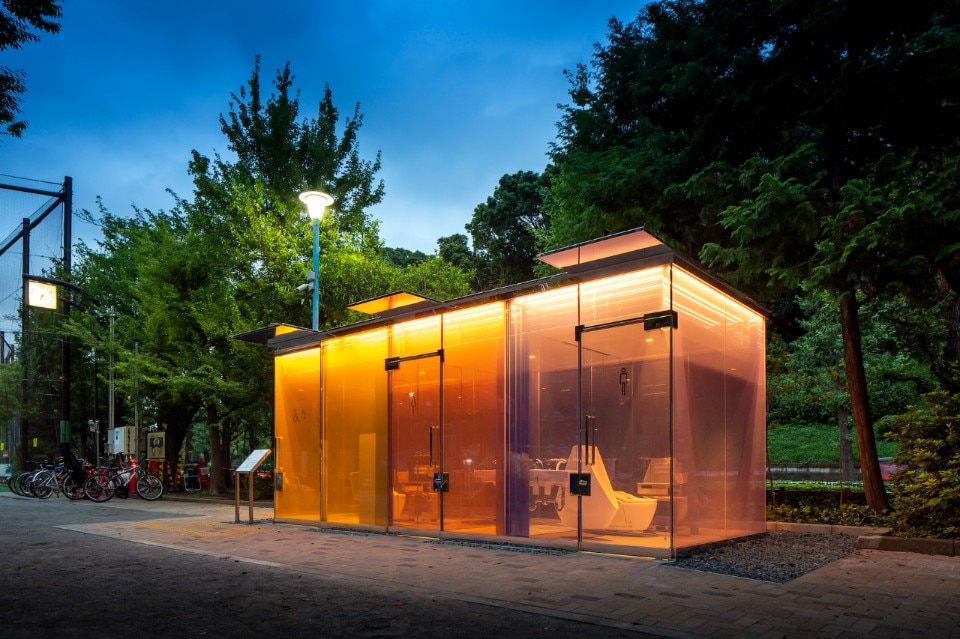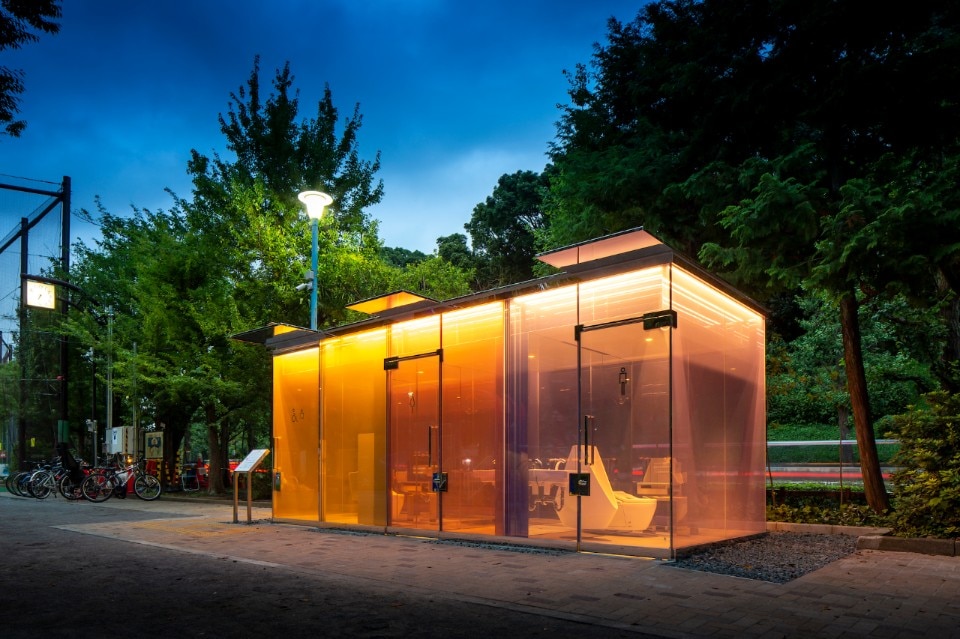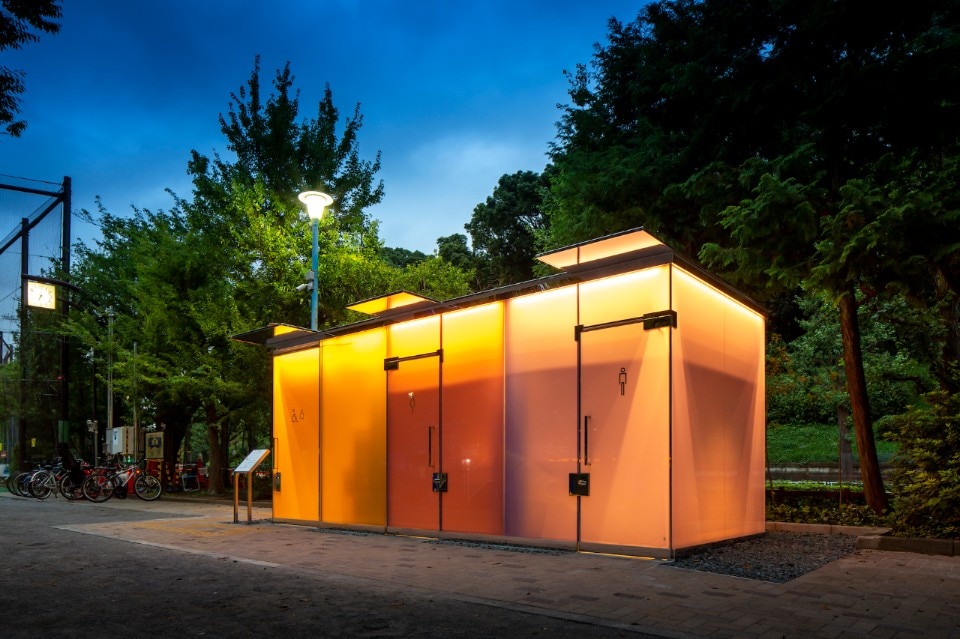“Small sanctuaries of peace and dignity.” This is how director Wim Wenders defines Tokyo’s public toilets, unexpected and surprising starts of his latest film Perfect Days, awarded at the last Cannes Film Festival. More than bathrooms, the toilets look like temples: they are not mere sanitary facilities but architectural marvels that give share and substance to the Japanese culture of hospitality.
Everything started with the The Tokyo Toilet (TTT) project, launched in 2020 for the Olympic Games and completed in March 2023. The goal was to contrast 4K, the widespread collective perception that Tokyo’s public restrooms were dirty (kitanai), smelly (kusai), dark (kurai), and scary (kowai). To counter and change the bathroom’s bad reputation, the non-profit organization The Nippon Foundation, together with the city-neighborhood of Shibuya, commissioned 16 leading figures in the contemporary architecture and design field, including several Pritzker Prize winners, to design 17 public toilets – those shown in Wenders’s film.
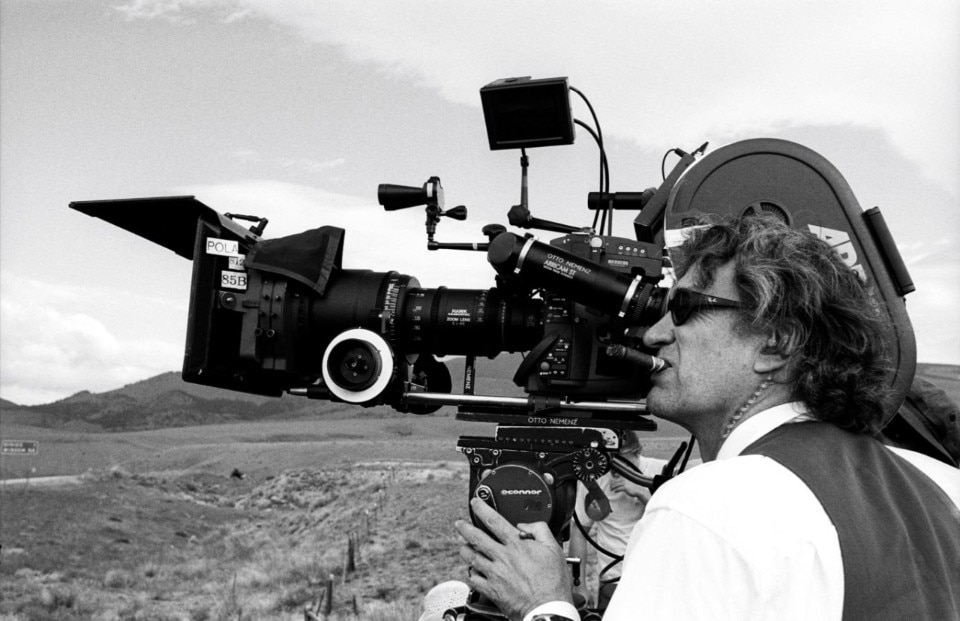
At first, the director, famous for memorable movies on urban spaces such as Wings of Desire, Lisbon Story, and Alice in the Cities, was asked to make three or four short movies in the style of documentary on some of the bathrooms in the project. But Wenders believes that places are better preserved and emerge more powerfully if placed in a narrative context, so he proposed to make the toilets stops and stages of a narration.
More than bathrooms, the toilets look like temples: they are not mere sanitary facilities but architectural marvels that give share and substance to the Japanese culture of hospitality.
So, with the help of an extraordinary actor such as Koji Yakusho (Palme D’Or winner at the Cannes Film Festival for best actor), Wenders came up with the character of Hirayama: a simple, profound, educated (he reads Faulkner and Highsmith), and sensitive man, who chose to clean toilets for a living. Every morning, he wakes up, carefully folds his futon, trims his mustaches, wears his elegant blue coverall (designed by Nigo, artistic director of Kenzo) with the white writing The Tokyo Toilet printed in bold on the back, fastens all the keys he will need during the day to his belt with two double carabiners, gets behind the wheel of his van, puts on an audiocassette with all the hits of rock history (from Animals to Van Morrison, Nina Simone, and the great Lou Reed and the Velvet Underground), and starts his tour of the city’s toilets.
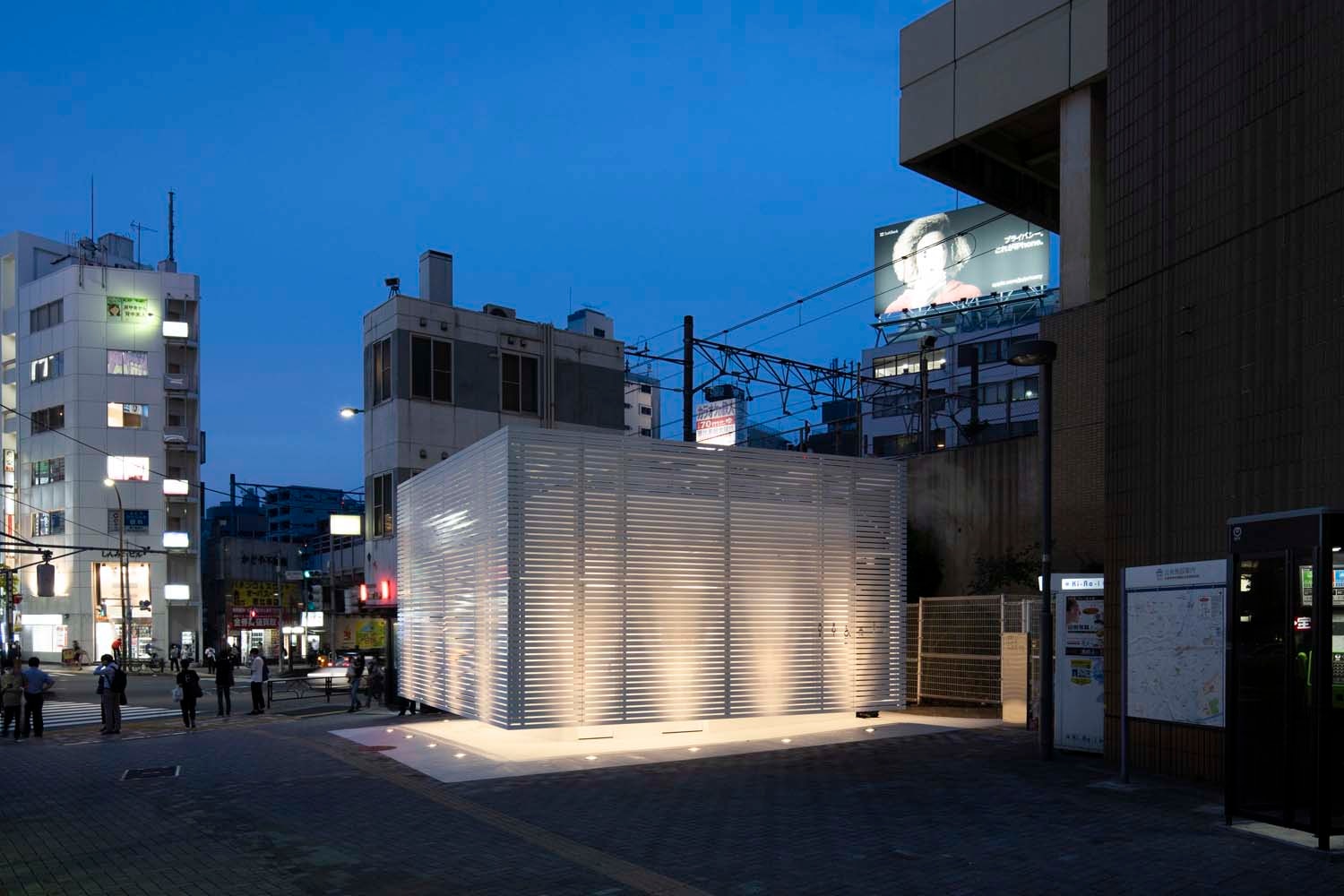
The first stop is the Fumihiko Maki bathroom, an airy white structure in a playground known as Octopus Park for the shape of its slide. Along with the mollusk theme, Maki created an undulating roof that many say resembles a squid, but that can also be seen as a sail. It is made of small, white, independent pieces connected by a weightless roof. By one of the cubicles’ walls, integrated into the structure, it features a sinuous white bench: an invitation to sit, take a moment, and meditate.
Hirayama goes into the toilet, collects all papers and waste, cleans and disinfects the floors, and then moves on to meticulously clean all the fixtures and surfaces, using a small, round mirror to find and remove even the slightest residue of dirt. When a potential user runs in, Hirayama stops, discreetly walks away, and waits outsides, watching the flickering of the leaves.
The next stop is the toilet designed by Kengo Kuma. It is a public toilet withing the Nebeshima Shoto Park, designed to blend in with the trees and the lush vegetation of the park. Instead of a single unit, Kuma divided the facility into five huts connected by a stepped walkway that gives the project its name: A Walk in the Woods. The units, the edges of the walkway and the stairs are clad with cedar board louvers. Next up is Yoyogiu-Hachiman and the toilet designed by Yoyo Ito. Built to replace the old toilet unit at the bottom of a staircase that leads to the Yoyogi Hachimangu sanctuary, the restroom project by Toyo Ito revolves around three cylindrical units topped by three protruding domed roofs. The silhouette is a casual shape that “resemble the mushrooms” growing in the forest surrounding the nearby shrine. “I hope that the toilet gives women a sense of security, so they can use it even at night,” says the archistar.
Then, it’s the turn of the astonishing bathroom at the Haru-no-Ogawa Community Park by Shigeru Ban: the transparent glass walls allow the users to check whether the toilet is busy. But the transparency of the facility was also a choice to allow the user to check the cleanliness of the restroom right from the outside and avoid any unpleasant surprises once inside. When the user enters and locks the restroom door, the glass turns opaque, blocking the view from the outside. At night, the facility illuminates the park like a beautiful lantern.
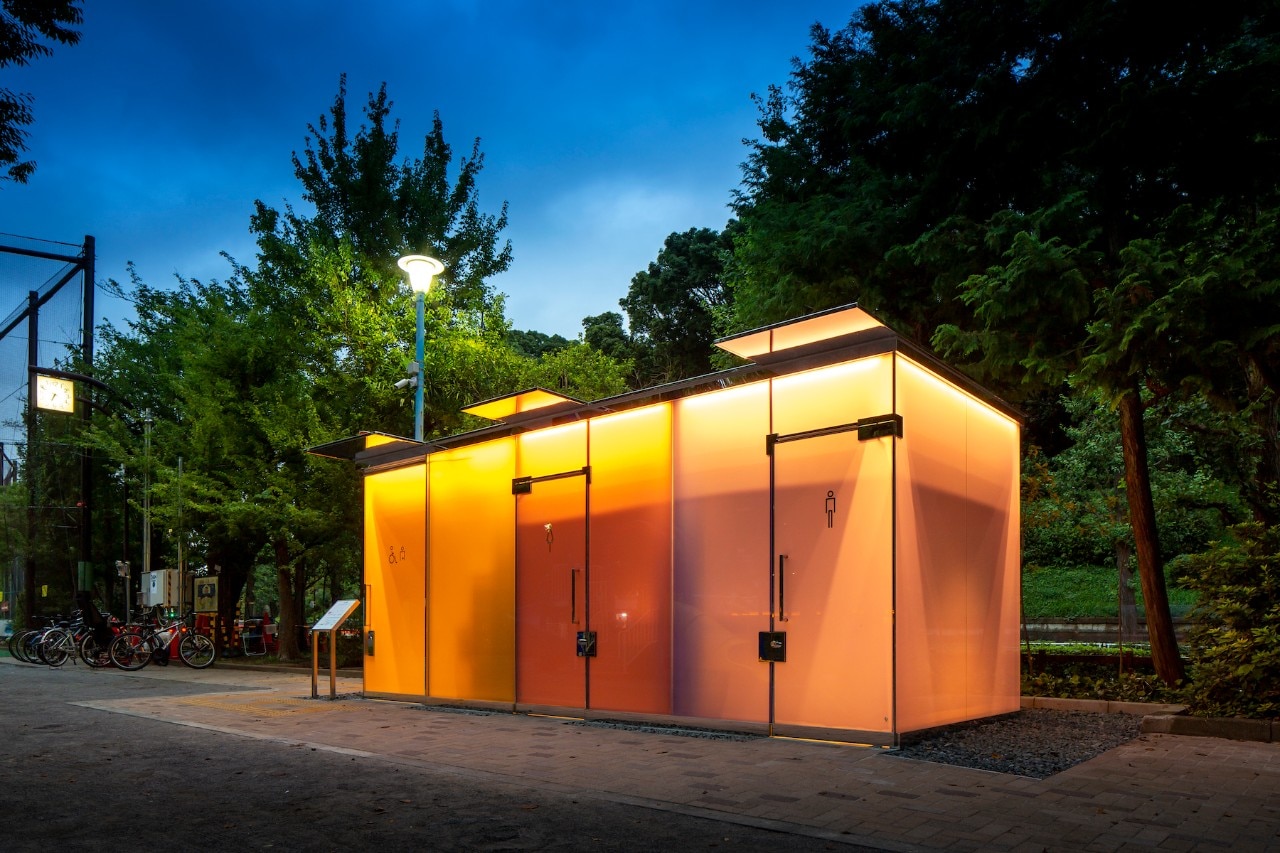
In every restroom, Hirayama cleans, polishes, and shines. He does it with passion, thoroughness, rigor. Then, once his shift ends, he carefully washes himself in a public bathroom, eats a modest meal, and retires in his tiny apartment. Every day, the same actions. But the repetitiveness of his life does not weigh on him; rather, it is a life choice: that of being content with little and enjoy the poetry of small things.
Among the other bathrooms he visits throughout the movie, we see the one designed by the interior design studio Wonderwall at Ebisu Park, inspired by the ancient model of the kawaya, the pre-historical huts used as toilets 8-10,000 years ago in Japan. Wonderwall’s design is made by randomly combining 15 concrete walls with a highly structured finish that gives a nod to traditional kawaya, made of hardened soil or pieces of wood. This bathroom cannot even be considered a building but a labyrinth that provides access to three separate areas designed for men, women, and everyone, the latter featuring changing tables and toilets for people with disabilities.
Then there is a restroom designed by Tadao Ando for Jingu-Dori Park, inspired by the traditional models of Japanese architecture, in particular by the engawa, a porch or covered veranda surrounding a house, usually facing a courtyard. The architect decided to use a circle floorplan enveloped by a wall made of metal vertical louvers, which create privacy for the user while ensuring air circulation. The facility is covered by a spanning roof that provides shelter. Here, after painstakingly cleaning the fixtures, the faucets, and water jets, Hirayama observes and contemplates the lovely and colorful reflections of the passerby on the roof’s ceiling, in one of the most poetic moments of the entire story. And it is in a crevice of this bathroom that he finds a cream-colored piece of paper on which a stranger traced a 9-cell grid with an O in the middle, as to invite him to play OXO, an invitation that Hirayama will take up and continue in the following days.
The last toilet Hirayama visits is that by Takenosuke Sakakura at Nishihara Itchome Park called Andon, which means “lantern:” it is a glowing facility that illuminates the surrounding park at night. The building is made up of three unisex cubicles: all three are enveloped in green frosted glass and have a green door covered by a small canopy. The goal was to create a welcoming environment and encourage the people to use it in a friendly manner.
The film commissioned to Wim Wenders reminds us that each project must be communicated in order to be effective, and that the cinema is one of the means that best gives shape and voice to a narrative that can charge places with aesthetic resonance and emotional suggestions.
Toilet after toilet, day after day, Hirayama’s life unfolds following the same repetitive pattern, as in a secular ritual that makes both physical and spiritual hygiene a symbolic and cultural value. Wenders scatters his movie of gestures and small details related to one’s care for the body: for instance, in the restaurant frequented by Hirayama, the entrance is characterized by a tiny corner bulletin board containing 3 little pigs, one holds a shovel, another a fruit basket, and the third is sitting on a toilet.
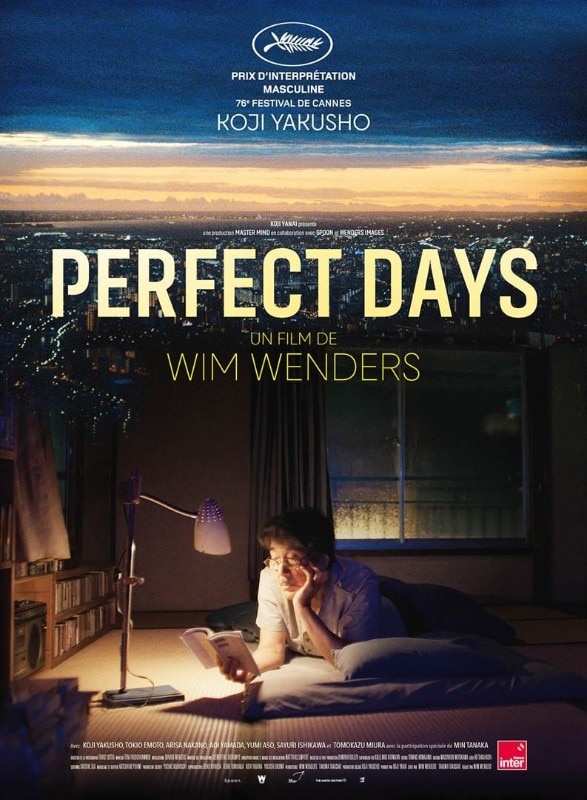
In crafting the daily narrative of this journey, Wenders skillfully weaves together a minimalist, delicate, and profound work that, at times, not only embodies and sparks genuine poetry but also assists us in grasping the essence of the Japanese hospitality culture, the concept of the “common good” and their respect for both the city and others, elements that make public life in Japan so different from the most common behaviors found in the West.
The success the movie has been enjoying all over the world should be read with great interest: the project The Tokyo Toilet is an example of urban regeneration that can easily be picked up and applied to many other cities around the world. However, the film commissioned to Wim Wenders reminds us that each project must be communicated in order to be effective, and that the cinema is one of the means that best gives shape and voice to a narrative that can charge places with aesthetic resonance and emotional suggestions.


